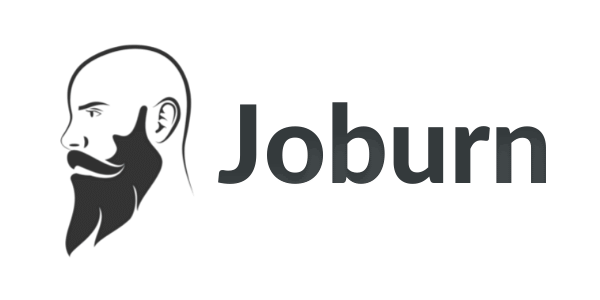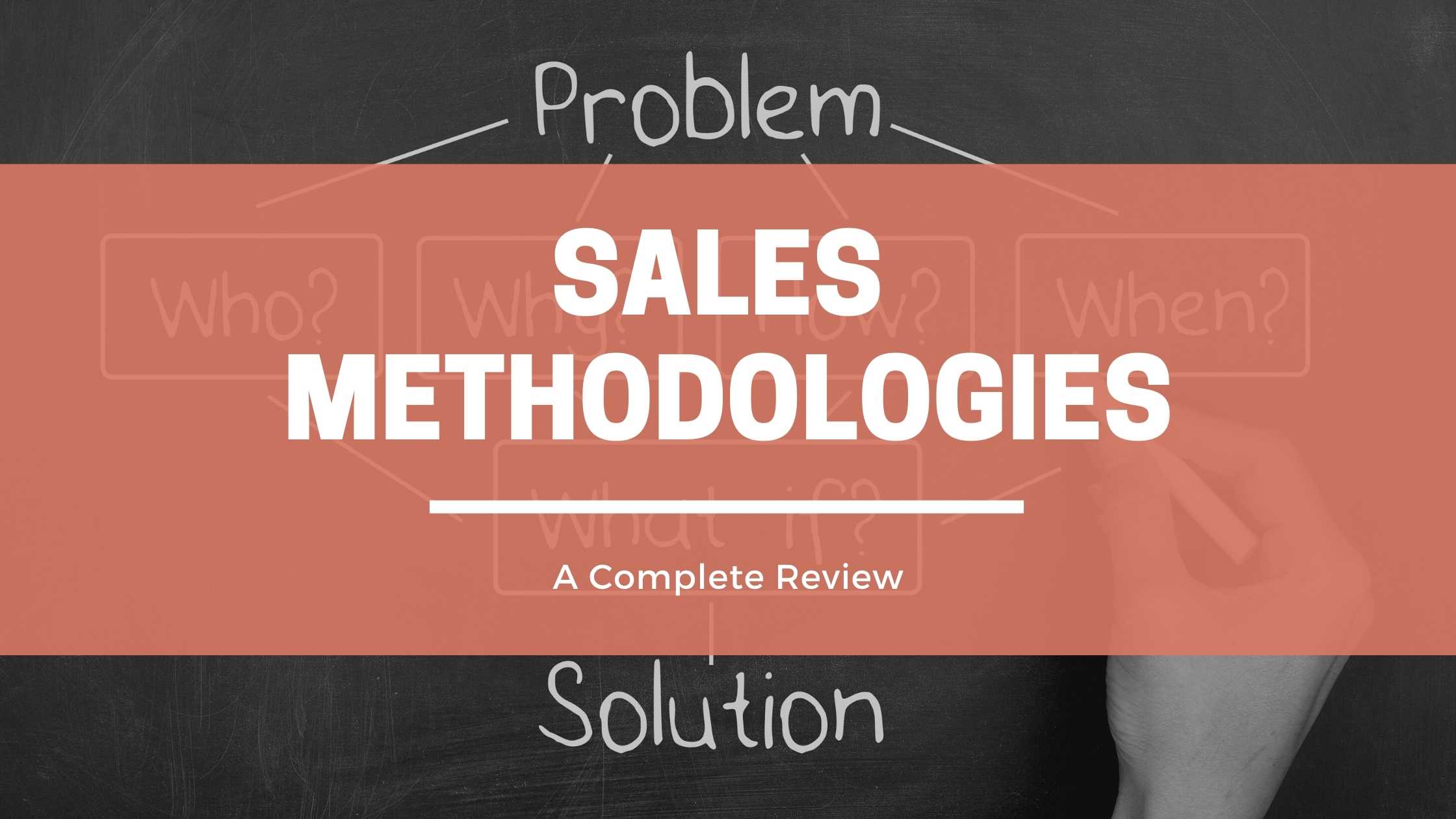There are many sales methodologies to consider. The purpose of this article is to give you an overview of each one, and a link to more information.
What is sales methodology?
Sales methodology is a set of rules that define how a salespeople and team should conduct the selling process. The methodology is there to act as the foundation of all sales activities, processes, and guiding directive. It can be used as a tool for growth and as an evaluation tool to help with ongoing improvements. A sales methodology can also help companies benchmark their effectiveness against competitors using similar methodologies.
Do you need a sales methodology?
Sales methodologies are useful for both individual sales people and teams. They allow for consistency throughout the sales process and provide a positive experience for the customer. Additionally, sales methodologies can help teams close more deals and hit their targets every month. Better consistency also means that you can more accurately predict results in the future. This is crucial for executive teams and business owners to estimate ongoing performance of the business.
In short, if you want to conduct sales consistently as an individual, or with a team, you do need a sales methodology.
What are the sales methodologies?

There are many different sales methodologies with various applications for salespeople and teams.
The sales methodologies are as follows:
- SPIN Selling
- SNAP Selling
- NEAT Selling
- MEDDIC
- MEDDPICC
- Solution Selling
- Consultative Selling
- Challenger Selling
- Value Selling
- Conceptual Selling
- Relationship Selling
- Agile Selling
While there are a lot, it’s important to understand each one, so you can evaluate which is best for you and your team.
What is SPIN selling?
SPIN selling is a sales methodology where you ask a series of questions that help to bring out a prospect’s needs. SPIN is a classic methodology developed by Neil Rackham in 1988, which is still in popular use today. Through asking targeted questions, you can better highlight what a customer needs, and they pain they are feeling. Then, they are more primed to take a salesperson’s advice and invest in a solution. Its importance is that it helps salespeople navigate and understand the problems of prospects, and more easily close the deal.
SPIN stands for the question types; Situation, Problem, Implication, Needs-Payoff.
What is SNAP selling?
SNAP selling, from Jill Konrath, is a sales method for demonstrating the best traits as a sales person. SNAP stands for Simple, Invaluable, Align, and Priorities. Essentially, you want to keep everything in your sales as simple as possible. All communication and solutions you demonstrate should be invaluable. It’s important to align with the prospect’s needs. Additionally, it’s extremely important to prioritize everything from your sales tasks to the information you are going to share with a prospect.
What is NEAT selling?
NEAT is a method that focuses on qualification and discovery first. Then its focus is on accessing the purchasing authority in the prospect business and understanding their timeline.
NEAT stands for Need, Economic Impact, Access to Authority, and Timeline.
Each part is expanded here:
- Need is understanding what a prospect or lead needs, and if that fits your solution.
- Economic Impact is the quantifiable impact your solution will have on their business.
- Access to Authority is about connecting with a decision-maker in the company that can decide to pay for your solution.
- Timeline is for determining the length of the sales cycle.
What is MEDDIC?
MEDDIC is a sales method that stands for Metrics, Economic Buyer, Decision Criteria, Decision Process, Identify Plan, and Champion. MEDDIC is a more popular methodology for larger teams and enterprise sales.
Here’s what each part means:
- Metrics are the quantifiable gains you will help your customer get.
- Economic Buyers are the people in companies that can make a purchasing decision for your product or service.
- Decision Criteria are what a company compares the usefulness of your service against.
- Decision Process is the steps that a company takes to evaluate, purchase, and follow-through on what you are offering.
- Identify Pain to understand how urgent your solution is for them. The greater the urgency, the faster they will want to buy.
- Champion is the person that helps you sell to the rest of your prospects within an organization.
What is MEDDPICC?
MEDDPICC is an expanded version of MEDDIC. It’s also used for more complicated and enterprise sales. MEDDPICC stands for Metrics, Economic Buyer, Decision Criteria, Decision Process, Paper Process, Identify Plan, Champion, and Competition.
Here’s what each part means:
- Metrics are the quantifiable gains you will help your customer get.
- Economic Buyers are the people in companies that can make a purchasing decision for your product or service.
- Decision Criteria are what a company compares the usefulness of your service against.
- Decision Process is the steps that a company takes to evaluate, purchase, and follow-through on what you are offering.
- Paper Process is everything that needs to happen to finalize a signature and sale on paper.
- Implication of Pain relates to what will happen if the pain is not fixed.
- Champion is the person that helps you sell to the rest of your prospects within an organization.
- Competition is who else the prospect might be considering. It’s important to highlight your advantages unique to the prospect’s needs.
What is solution selling?
Solution selling is a method that focuses on demonstrating solutions to specific problems a prospect is facing. The method is fairly intuitive in most sales people, and is one of the most popular types of selling. The benefit of using solution selling is that it’s easy to train new reps for. This allows new reps to train up shortly and reduce training overhead.
What is consultative selling?
Consultative selling is an approach where you offer expert advice to prospects and clients, which typically results in a sale. Consultative selling is powerful because it delivers better long-term results than other forms of selling, including other types of consulting. SPIN Selling, SNAP Selling, MeddPICC, are some examples of consultative selling.
What is challenger selling?
A challenger sales is where you approach a prospect with a new challenge to their existing beliefs. It’s an effective tool for sales reps to getting the attention of leads at different stages. For example, it can be used in cold outreach by using titles that you know they won’t expect. When you have their attention, you have the opportunity to overturn their old belief and accept your new way. If they do accept what you’re saying, the result is typically going to be a sale.
What is value selling?
Value selling is the strategy of demonstrating the benefits and value of what you are selling. This is an important methodology since it can help increase a business’s margins. The idea is to build processes, tools, and services of high value and time-cost upfront, but have lower operational costs over time. The benefit of using value selling is that you exchange time for perceived value. Therefore, if you can demonstrate a lot of value, people will still pay for it even if the hourly payment is massive. For example, the average cost of a facelift cosmetic surgery is about $7500. The total time it takes to perform is between 2-4 hours. The result is the performing surgeon is going to make $3750-$1875/hr.
Why can cosmetic surgeons charge that much? The people buying it value the result of becoming beautiful is such a short time.
What is conceptual selling?
Conceptual selling is used to help the lead understand how a solution fits into their problem. Developed by Robert B. Miller and Stephen E. Heiman, its focus is listening to leads and asking good questions. The goal is to accurately understand their problem, so you can present a clear solution.
The types of questions to ask are as follows:
- Probing questions to identify new information.
- Confirmation questions to double-check the importance of the information, and identify importance.
- Pain-impact questions to understand how the problem impacts the prospect.
- Urgency questions to understand how soon they’ll benefit from your solution.
What is relationship selling?
Relationship selling is the methodology of focusing on connection with a prospect or lead. Where other methods emphasize problem-solving, relationship selling is about the trust a prospect gives you. It can be a powerful way to establish a great working relationship and close more deals. We can use all aspects of our personality to influence our connections. Presenting skills, our personality, and our ability to listen all play an important role in establishing trust and connection.
What is agile sales?
Agile sales is a team sales methodology adapted from engineering best practices. It consists of sales sprints, daily stand-ups, and relentless improvement via sprint reviews and retros. For example, sales sprints break up larger targets into more actionable, easier to achieve bi-weekly goals. The daily stand-ups help to keep the team aligned with the mission and helps individuals maintain a consistent work output.
There are several benefits of using agile methodology in sales.
Here’s a list of benefits of agile sales:
- Individuals can refine their skills and adapt.
- Teams have a better way to collaborate.
- You can more easily adapt to market changes.
- Sales teams can better align with other departments.
What is sales sprint?
Sales sprint is the supporting mechanism of agile sales. Sales sprints are broken into 4 stages; Sales Sprint Kick-off, Daily Stand-ups, Sprint Review, and Sprint Retro.
Here’s a short description of each stage in order:
- Sales Sprint Kick-offs are the launch day for any planned work over the coming sprint.
- Daily stand-ups happen on each day of the sprint. Each team member talks about what they accomplished the previous day, and what they plan to do the current day.
- Sprint Reviews are to review what the team accomplished against the intended work for the sprint.
- Sprint Retros are to consider how the process can be improved in the coming sprint(s).
The length of sales sprints can vary, but typically occur over a two or four-week period.
What is the relation between sales methodology and process?
Sales methodology is the supporting principles, concepts, and skills of a sales team or person. Sales process is the exact steps and stages that a sales team walks a prospect or lead through. The sales methodology is a foundational system that supports the effectiveness of the sales process.
What is the relation between sales methodology and framework?
Sales methodology is very similar to framework. They both act as supporting foundations for other sales efforts, but there are some minor differences. Sales methodology is typically more vague in definition, while frameworks are rigid supporting structures. Frameworks are typically more specific applications of methodologies for larger or enterprise business.
What are the popular sales methodologies?
The popular sales methodologies are SPIN, SNAP, MEDDIC, MEDDPICC, solution selling, and value selling. You can use parts of different methods with your sales team to test what works best for them. For example, you might use agile sales to organize the ongoing efforts of your team, while using SPIN on an individual level. The benefit of combining methods is that you can find the approach that works best for you, your team, and your business.

